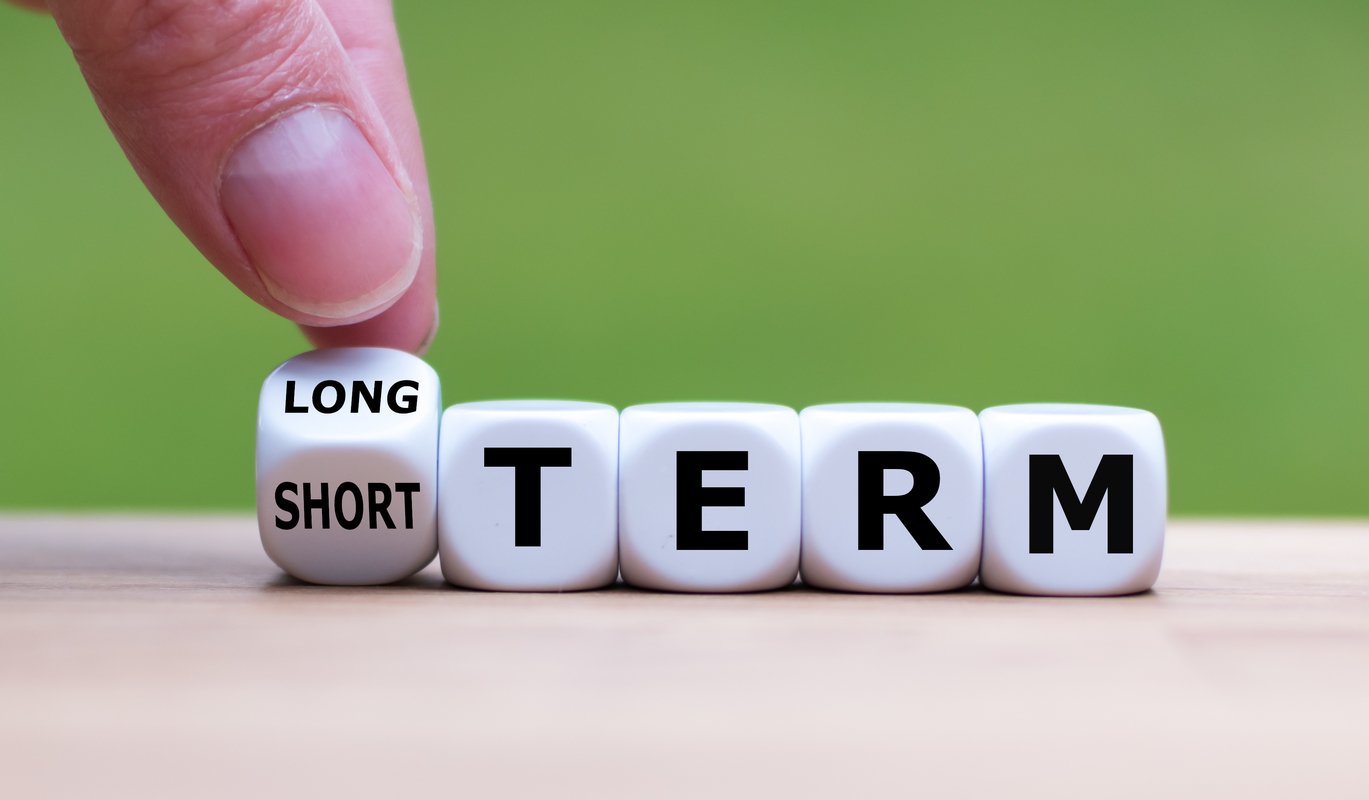Is the Vanguard S&P 500 ETF (VOO +0.29%) a buy now? I think it is. Let's take a closer look at the S&P 500 index and the Vanguard exchange-traded fund (ETF) that tracks it.
Even Warren Buffett is a fan of the Vanguard S&P 500 ETF, writing in his 2013 letter to shareholders:
One bequest provides that cash will be delivered to a trustee for my wife's benefit. ... My advice to the trustee could not be more simple: Put 10% of the cash in short-term government bonds and 90% in a very low-cost S&P 500 index fund. (I suggest Vanguard's.) I believe the trust's long-term results from this policy will be superior to those attained by most investors -- whether pension funds, institutions or individuals -- who employ high-fee managers.

Image source: Getty Images.
Meet the S&P 500
The S&P 500 is an index of about 500 of the biggest stocks in America. Together, they make up about 80% of the value of the entire U.S. stock market. That's why the S&P 500 is often used as a proxy for the total U.S. stock market.
Here are the index's top 10 components, by weight, as of mid-September, which together make up about 38% of the ETF's value:
|
Stock |
Percent of ETF |
|---|---|
|
Nvidia |
7% |
|
Microsoft |
6.37% |
|
Apple |
5.98% |
|
Amazon |
4.16% |
|
Meta Platforms |
3.28% |
|
Broadcom |
2.76% |
|
Alphabet Class A |
2.63% |
|
Alphabet Class C |
2.46% |
|
Tesla |
2.31% |
|
Berkshire Hathaway Class B |
1.78% |
Source: Slickcharts.com.
Note that the weightings are as they are because the S&P 500 index is market-cap weighted, meaning that bigger companies will move the needle more than smaller ones. Thus, while Nvidia and Domino's Pizza are both in the index, Nvidia, with its recent market value of $4.1 trillion, will wield much more influence on the index than Domino's, with its recent market value of about $15 billion. Domino's was recently ranked 427th in the S&P 500, with a weighting of 0.03%.
If you don't love this kind of weighting (which is fairly common in index funds), you might want to look at the Invesco S&P 500 Equal Weight ETF, which -- as the name says -- is equal weighted, meaning that it holds each of its 500 or so components in roughly equal proportion. The Invesco equal-weight ETF's top-10 holdings would, therefore, make up only about 2% of the overall ETF value.
Meet the Vanguard S&P 500 ETF
So the Vanguard S&P 500 ETF is an index fund, tracking the S&P 500. It can come pretty close to delivering the same results because it holds the same stocks in close to the same proportion, and it charges tiny fees. Its expense ratio of 0.03% means you will pay about $3 a year on an investment of $10,000.
It's a terrific investment for anyone who is bullish on the long-term prospects of the U.S. economy, and it lets you invest in the vast majority of the economy at a very low cost.
Investing in the fund means you don't have to spend time studying the universe of stocks and carefully selecting which ones to hold and for how long. You can just leave it to the overseers of the S&P 500 index, who do add and drop companies to and from the index now and then. (Robinhood Markets, AppLovin, and Emcor, for example, are joining the index on Sept. 22, as MarketAxess Holdings, Caesars Entertainment, and Enphase Energy are ejected).
This occasional reshuffling is an underappreciated aspect of the S&P 500 and is part of the reason it has performed well over time. The components that lose value or don't perform well will often end up being removed from the index to make way for faster-growing ones.
According to the folks at S&P Dow Jones Indexes, during the past 15 years, the S&P 500 has outperformed 88% of managed large-cap mutual funds (as of June 30), and it has outperformed 86% during the past decade.
So give strong consideration to investing in the Vanguard S&P 500 ETF or any other low-fee S&P 500 index fund (or other kinds of index funds, for that matter). Just be sure you only do so with money you won't need for at least five years, if not longer, because the stock market can be unpredictable and volatile. But over long periods, it has generally only gone up.
























